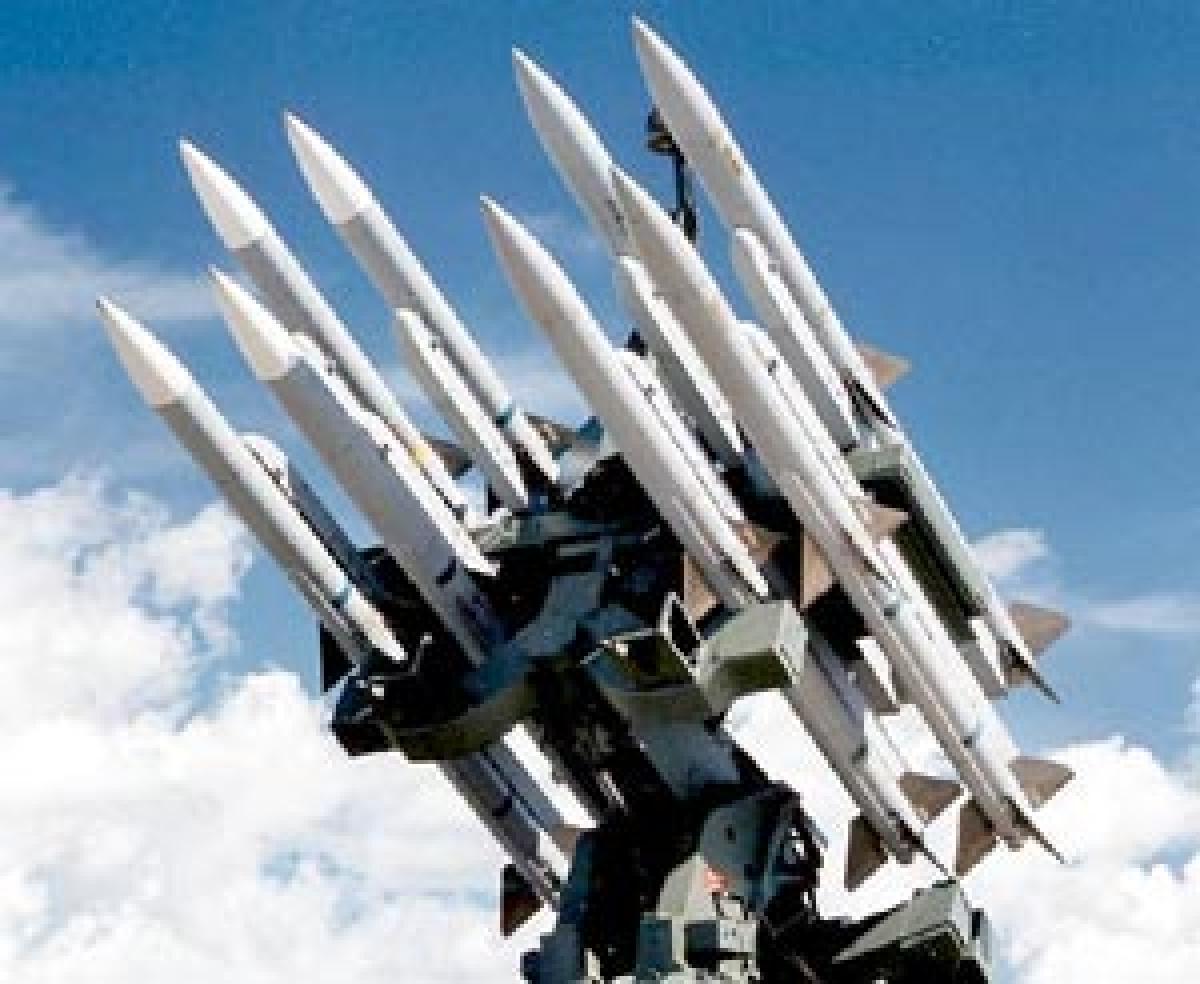Live
- Indian IT services sector to see 2nd-consecutive year of muted revenue growth: Report
- Under-construction bridge collapses in Peddapalli
- You are freeloader, not students: JNUSU slams VC
- 9 Padma awardees: Burns survivor, disabled achiever, wheel-chair bound educationist awarded
- 36 nominations received on 5th day in YSR district
- TS Inter results 2024 announced, check the results comparison to that of 2023
- Centre seeks info from Singapore on spices ban
- Student murder case: Bike riders create a storm from Bengaluru to Hubballi
- New machine learning models to boost diagnosis of women’s heart disease
- Life comes full circle for pastry chef Nikitha Umesh with ‘Master Chef India Telugu’









